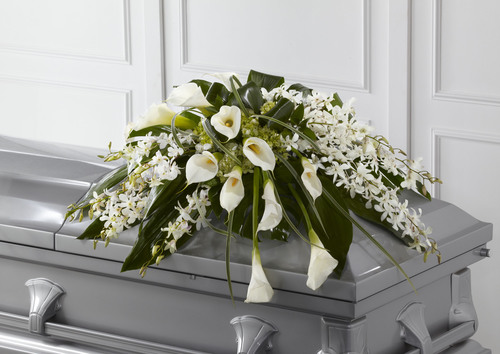Arranging A Funeral

Death at home
When someone dies at home, the deceased’s doctor should be called as soon as possible. The GP comes to the house and, if the death was expected, will issue the family with the death certificate (form 14). If the deceased did not have a doctor, the family should telephone for an ambulance instead. At this time, the family should also telephone a funeral director who will inform them of the next steps they should take.
At times, a doctor can be unsure regarding the cause of death and may not be allowed to issue the death certificate. When this occurs, the deceased will be taken to a hospital mortuary after which a post mortem will possibly take place.
Deaths in hospitals, hospices and nursing homes
In the case of a relative dying in hospital or a care home, the staff will contact the family and subsequently arrange for the body to be taken to the mortuary facility. Sometimes the hospital may wish to carry out a post mortem, however they must first have the family’s permission and they do not have to agree to this. A funeral director should be called as soon as possible who will liaise with the hospital staff about taking the deceased into their care.
Prior to the death being formally registered, a medical certificate (form 11) will need to be issued by a hospital doctor or the deceased’s GP. For numerous reasons, at times it may not be possible for the doctor to issue a medical certificate and they will refer the death to the coroner. In this case, the family will be unable to deny a post mortem being carried out.
If the family wish for a cremation instead of a burial, an Application for Cremation form will need to be completed.
James Hardie will be able to guide you through each step of the process for either burial or cremation, and do our utmost to make this as simple as possible for you.